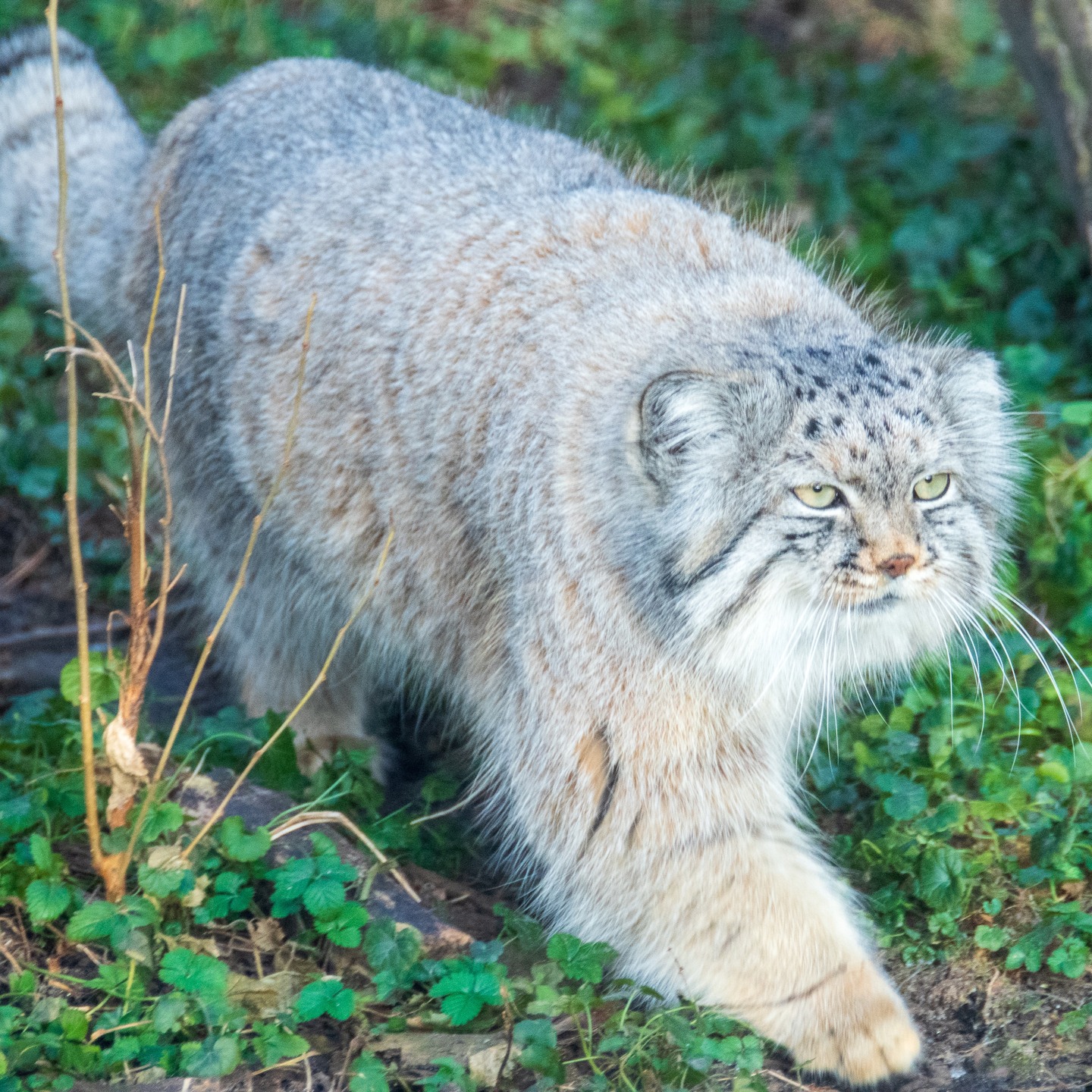- Understanding Happy Zoo Lovers Day and its Importance to Zoos and Conservation
- The Multifaceted Role of Zoos in Wildlife Conservation and Education
- Highlights from Potter Park Zoo: A Hub for Conservation Enthusiasts
- The Significance of Public Support and Participation in Conservation Efforts
- Animal Welfare and Ethical Practices in Modern Zoos
Happy Zoo Lovers Day is not just a gesture of appreciation; it symbolizes a profound commitment toward the preservation of wildlife and ecosystems globally. This special day is dedicated to celebrating the existence and impact of zoos, which serve as vital centers for biodiversity conservation, scientific research, education, and recreation. Their roles extend beyond being mere enclosures for animals; they are proactive agents in wildlife conservation efforts.
Zoos play an integral part in conservation by implementing breeding programs for endangered species, conducting research on animal behavior and health, and offering education about wildlife. These activities contribute significantly to the preservation of numerous species that might otherwise face extinction. For example, zoos have been pivotal in the conservation of species like the Amur leopard and the western lowland gorilla. Breeding programs are carefully managed by geneticists to maintain the genetic diversity necessary for the long-term survival of species. In such programs, researchers also study reproductive physiology to improve breeding success rates.
Education forms a cornerstone of zoo operations. By engaging visitors through interactive experiences, zoos ignite interest among people of all ages, fostering a passion for nature and conservation. Educational programs tailored for children and adults alike expose them to the wonders of the animal kingdom and highlight the urgency of conservation actions. Exhibits are increasingly designed to mimic natural habitats, providing visitors with a more authentic encounter with wildlife while offering educational messages about ecosystems and conservation challenges.
Potter Park Zoo is one such institution that exemplifies the multifaceted roles of modern-day zoos. Located in Lansing, Michigan, this regional zoo is renowned for its commitment to both conservation and community engagement. Home to more than 160 species, Potter Park Zoo is involved in several Species Survival Plans (SSPs), which are collaborative initiatives that aim to maintain healthy and genetically diverse populations in captivity. This involvement not only helps prevent species extinction but also raises awareness about the plight of animals in their natural habitats.
In terms of community engagement, Potter Park Zoo has implemented various initiatives that invite the public to participate in conservation. Events such as animal encounters, behind-the-scenes tours, and hands-on workshops are designed to connect people with wildlife more intimately, adding an emotional dimension to conservation efforts. By participating in these activities, zoo visitors become more likely to support conservation initiatives both locally and globally.
Public support is crucial for the sustainability of zoo conservation programs. Visitors not only contribute financially through entrance fees but also act as advocates for wildlife conservation. In an era where habitat destruction and climate change are looming threats, public involvement becomes increasingly vital for reinforcing conservation messages and garnering political support for environmental policies. By attending zoos, sharing experiences on social media, and supporting fundraising activities, the public plays an instrumental role in sustaining zoo operations and conservation activities.
Animal welfare in modern zoos has come under increased scrutiny, necessitating ethical considerations and advancements in animal care practices. The public’s role in advocating for higher standards of animal welfare has prompted zoos to enhance the environments in which animals are kept. From spacious, enriched enclosures that encourage natural behaviors to comprehensive veterinary care, today’s zoos work diligently to provide conditions that cater to both the physical and psychological needs of animals.
Enrichment programs are a key component of zoo animal welfare. These programs stimulate mental and physical activities through environmental modifications, interactive toys, and problem-solving challenges. This kind of engagement reduces stress and boredom among animals, reflecting the commitment of zoos to foster environments that prioritize animal wellbeing.
Happy Zoo Lovers Day reminds us of the dedication required to maintain these vibrant and educational centers for wildlife. Zoos are more than entertainment venues; they are networks for galvanizing public support for conservation, sanctuaries for endangered species, and institutions for vital research. As we celebrate this day, it is imperative to acknowledge the collective efforts of zoo professionals, conservationists, and the visiting public in preserving the natural world for future generations.
*****
Source Description
Happy Zoo Lovers Day! 🎉🐾
Today we’re giving a big ROAR of appreciation to everyone who supports zoos and the amazing animals that call them home! Whether you visit often, follow us online, or share our conservation mission—you’re part of our wild family, and we’re so grateful for you!
From tigers to tamarins and penguins to porcupines, every visit, share, and smile helps us care for wildlife and inspire the next generation of conservationists. 🦁🐒🐧🐍
Tell us: What’s your favorite zoo memory or animal encounter at Potter Park Zoo? Drop it in the comments below! 👇


